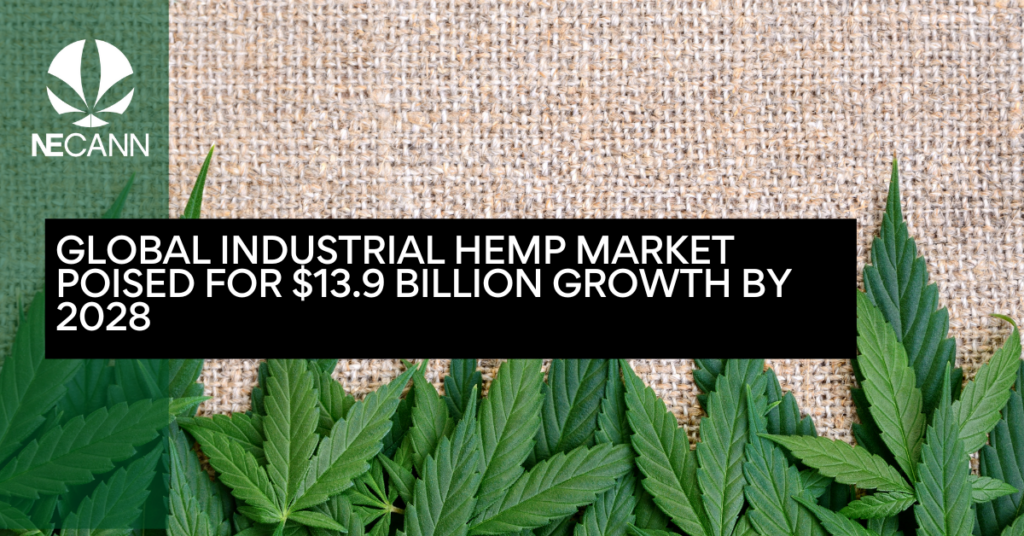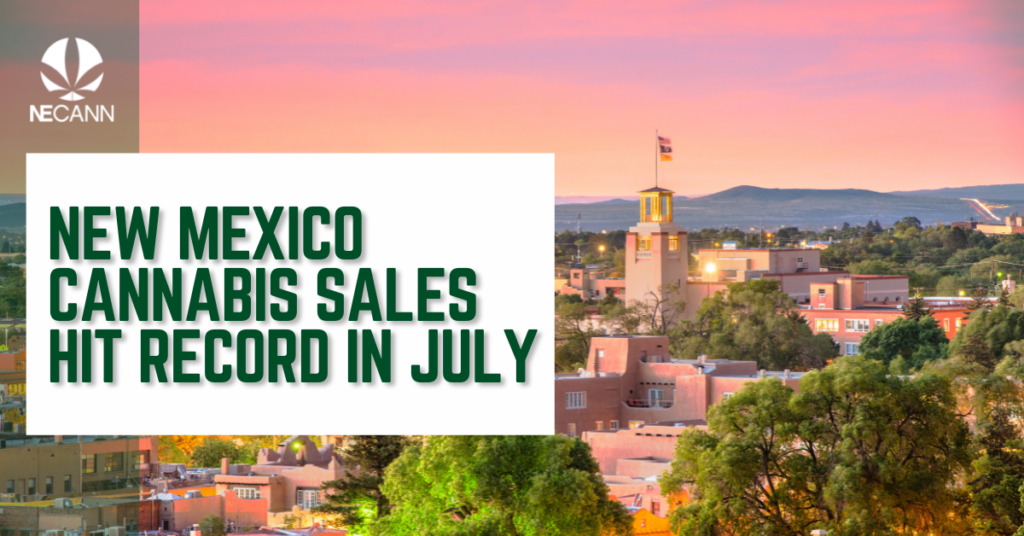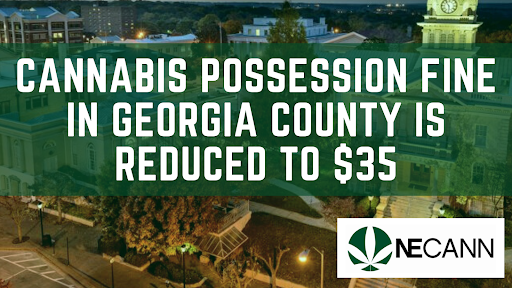The international industrial hemp market is set to expand significantly, with projections indicating a growth of USD 13.90 billion between 2023 and 2028. This surge reflects a compound annual growth rate (CAGR) of 25.25%, according to a recent Technavio analysis based on market data from 2018 to 2022.
The report forecasts a near 19% year-over-year growth for the industrial hemp market this year. Notably, the Asia-Pacific (APAC) region is expected to be the primary driver of this growth, contributing approximately 39% of the total forecasted increase. This rapid expansion underscores the APAC region’s position as the world’s fastest-growing hemp market.
While the U.S. has seen significant attention towards hemp-derived cannabinoid products like CBD and delta-8 THC since the federal legalization of hemp in 2018, the industrial hemp sector encompasses a broader range of applications on a global scale. The anticipated market growth is largely attributed to the versatility of hemp, particularly its use in textiles. Hemp fiber’s natural durability positions it as a viable alternative to cotton and synthetic fibers. Additionally, hemp is easier to cultivate and has a lower environmental footprint compared to traditional cotton farming, making it an appealing option for sustainable textiles.
Beyond textiles, hemp presents potential in other sectors, including biofuels and renewable energy. Hemp seeds and hemp seed oil are increasingly featured in health supplements and organic food products due to their rich nutrient profile, which includes linoleic acids, lipids, and omega-3 and omega-6 fatty acids.
As the industrial hemp market continues to grow, its impact across various industries—ranging from sustainable fashion to renewable energy—demonstrates the crop’s broad utility and the shifting focus towards eco-friendly and health-conscious alternatives.
For daily updates on cannabis business news, subscribe to our newsletter.




